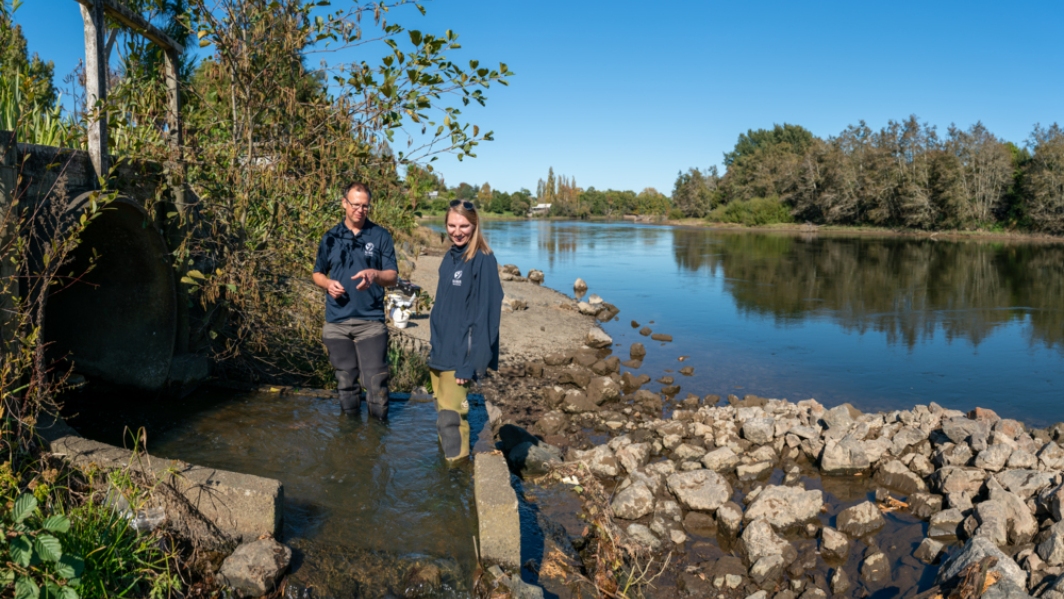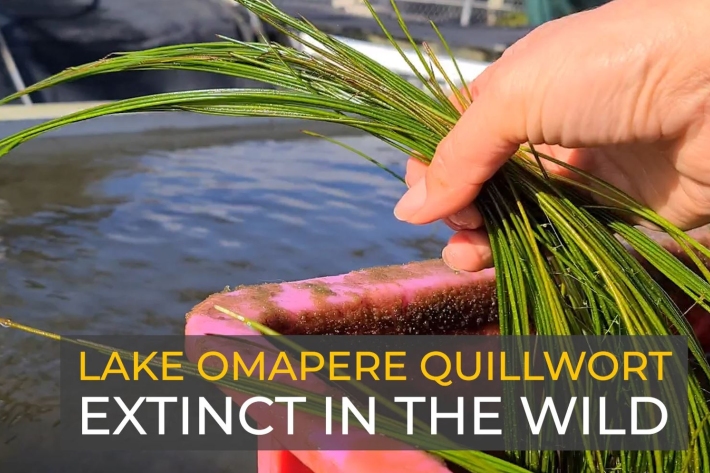-
Scientists nurturing only plant of its kind
Media release11 June 2020For more than 20 years NIWA scientists have been nurturing three plants that are the only examples of their kind in existence. -
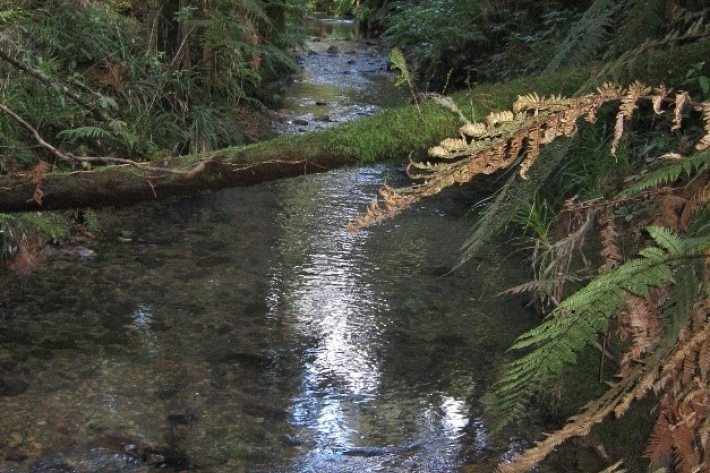
The Whatawhata Integrated Catchment Management Project
Research ProjectThe Whatawhata Integrated Catchment Management (ICM) Project is the longest continuously monitored before-after-control-impact (BACI) catchment-scale study in New Zealand. -
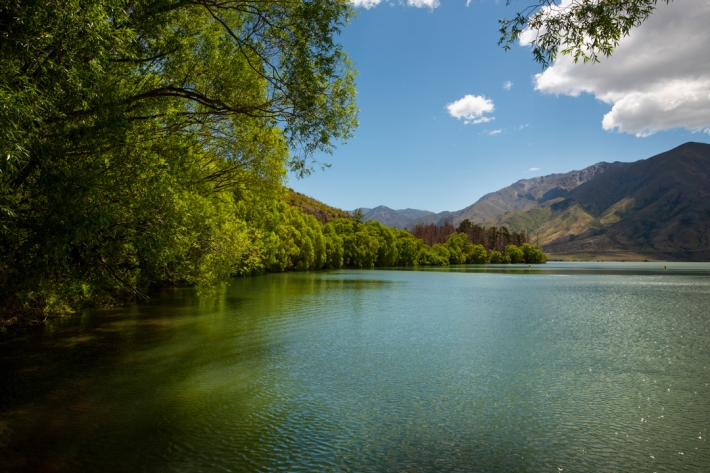
We don’t know much about lakes and climate change, says researcher
Media release05 March 2020Scientists know so little about how storms affect the delicate balance of lake ecosystems that we may be unable to protect them from the effects of climate change, says a NIWA scientist. -
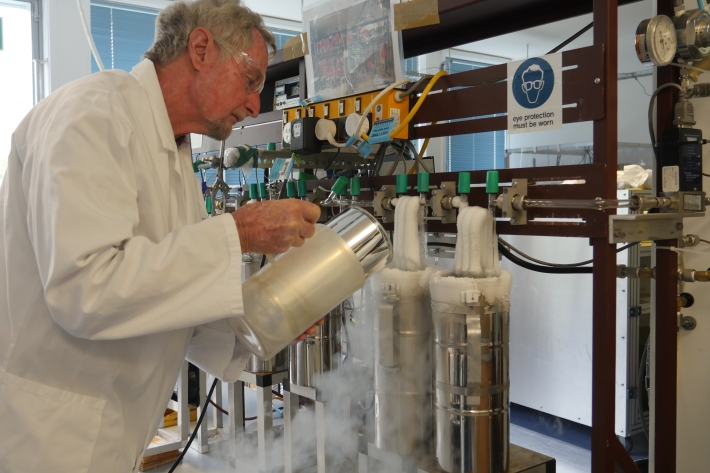
Scientists say methane emitted by humans ‘vastly underestimated’
Media release20 February 2020NIWA researchers have helped unlock information trapped in ancient air samples from Greenland and Antarctica that shows the amount of methane humans are emitting into the atmosphere from fossil fuels has been vastly underestimated. -
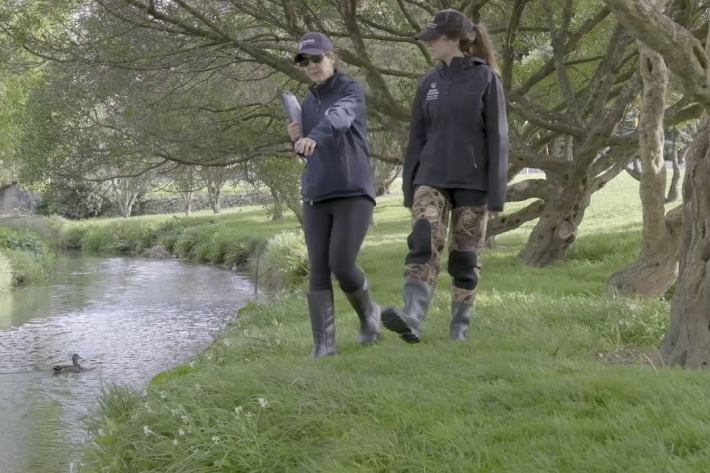
SHMAK habitat - rubbish
The SHMAK method for rubbish involves collecting and identifying all the rubbish (litter) in the stream and on the stream banks. -
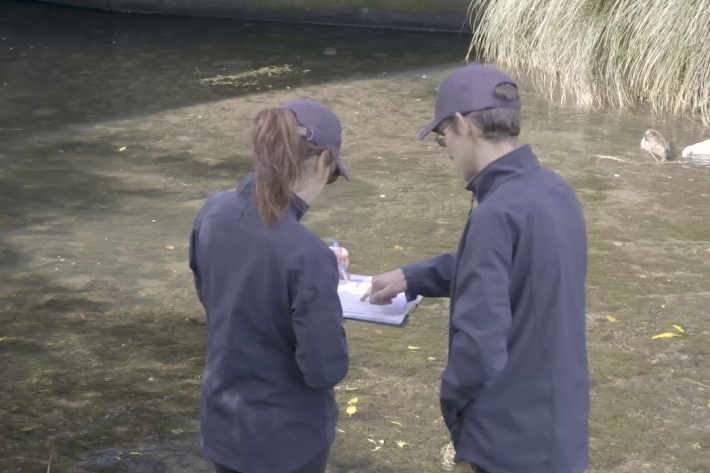
SHMAK habitat – visual habitat assessment
The SHMAK visual habitat assessment gives your stream a score that you can use to assess changes over time or compare streams. -
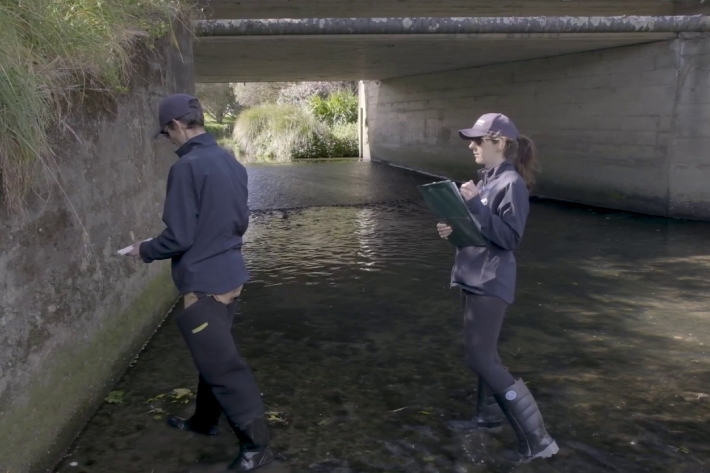
SHMAK habitat – streambed composition
Two methods for describing streambed composition: the visual assessment method is quicker while the Wolman walk is more accurate. -
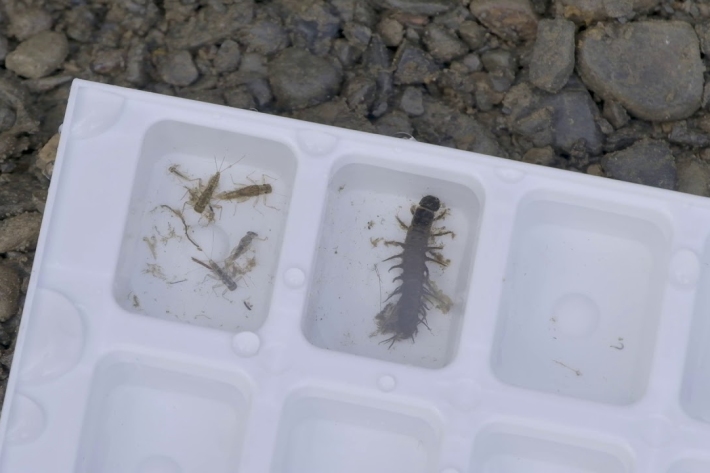
SHMAK stream life – how to sort and identify your benthic macroinvertebrate sample
Use an ice-cream tray to isolate and separate your invertebrates. The Benthic Macroinvertebrate Field Guide helps you with identification. -
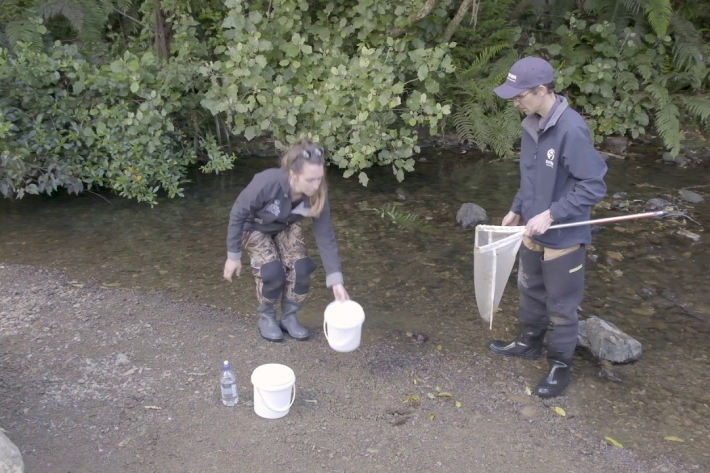
SHMAK stream life – how to get your benthic macroinvertebrate sample ready for sorting
Before you look at what animals you have collected, follow these methods to clear away debris (stones, sand, leaves, twigs) from your sample in the net. -
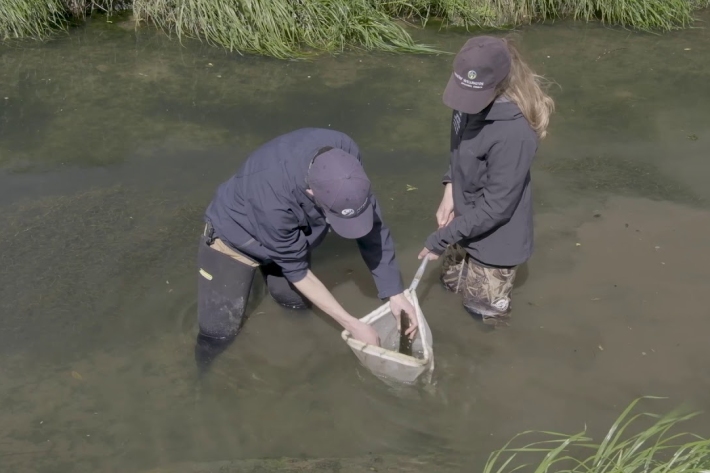
SHMAK stream life – collecting benthic macroinvertebrates in muddy-bottom streams
If your stream has a muddy-bottom or soft-bottom (made of silt or mud), you need to use a different method than if your stream has a stony-bottom. -
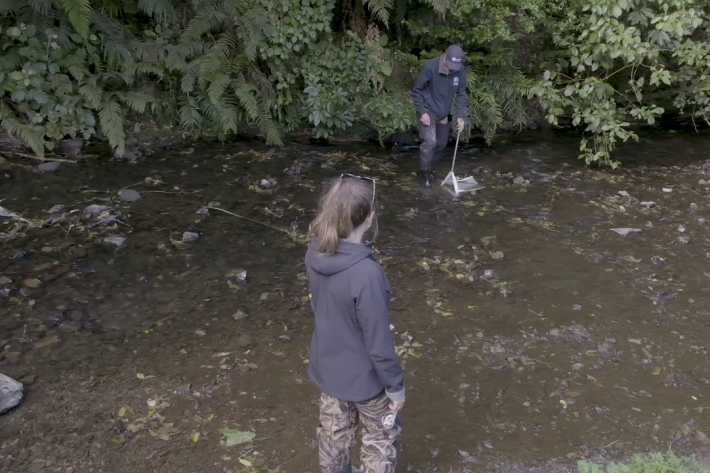
SHMAK stream life – collecting benthic macroinvertebrates using the Kick-Net Method
Use a net & the kick-net method to collect a greater range of benthic macroinvertebrates and more accurately assess the diversity of the community.

